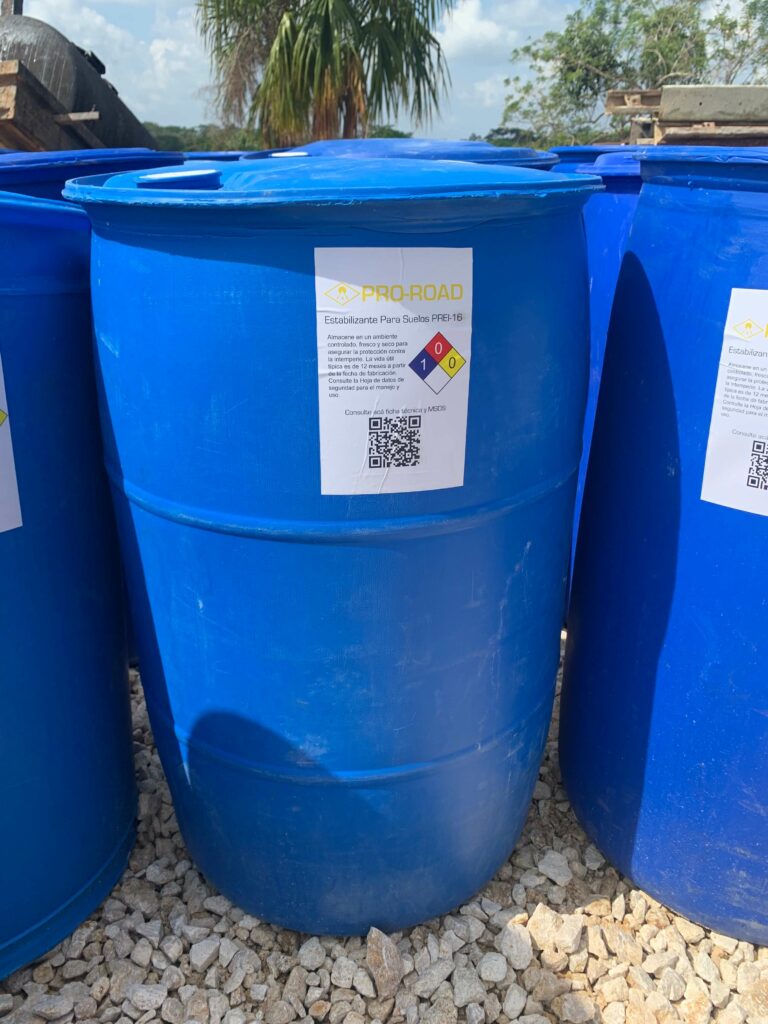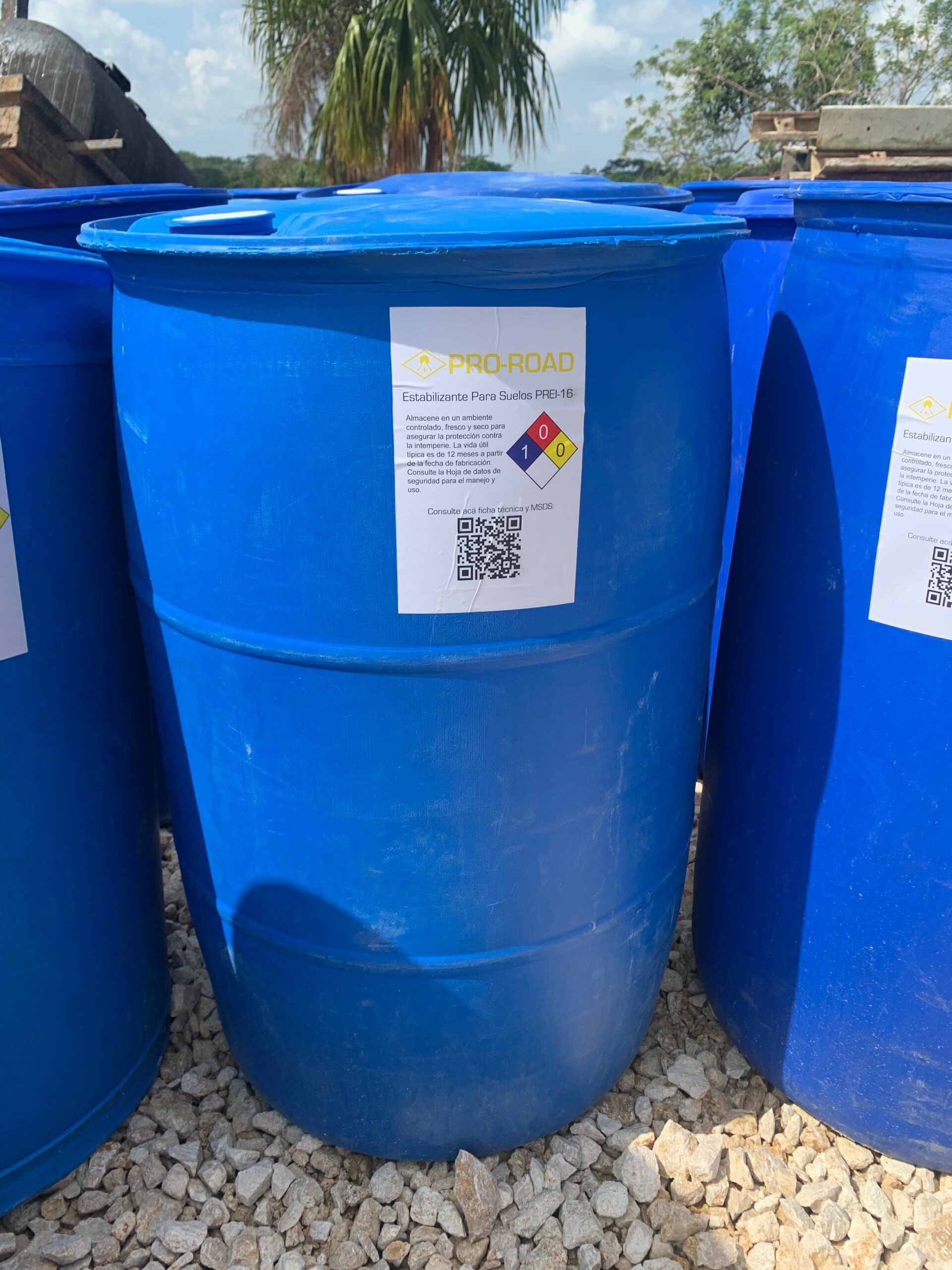Soil Stabilization
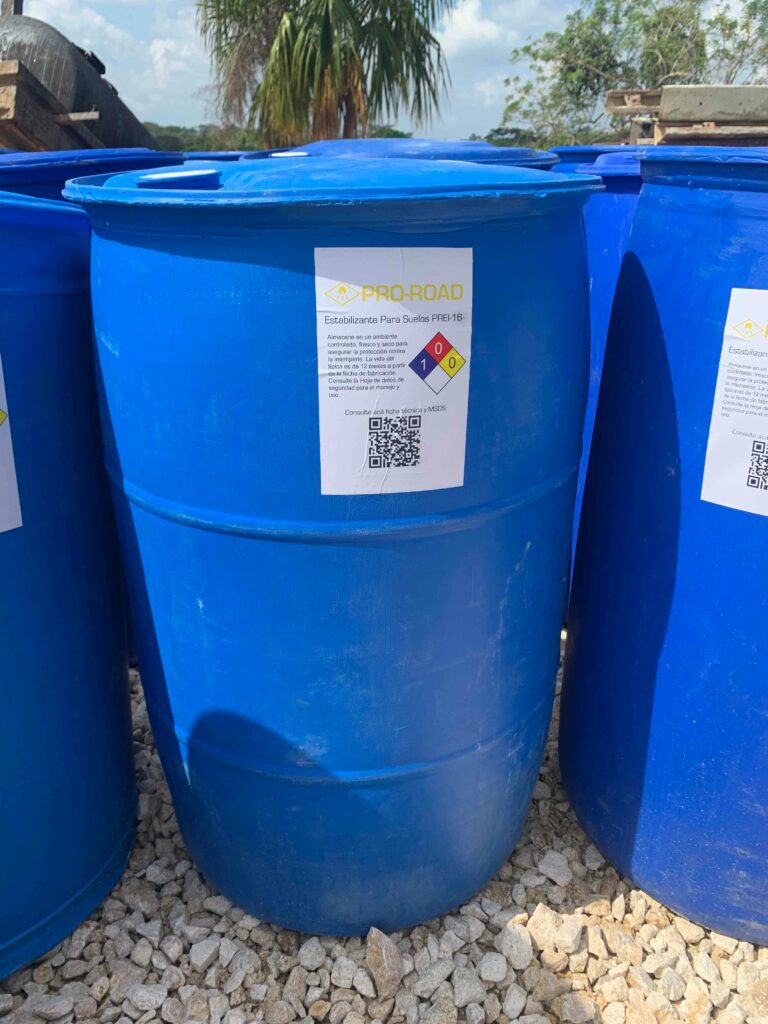
Soil stabilization is a process of improving the physical properties of soil to make it more suitable for construction and other uses. It involves adding various materials such as lime, cement, fly ash, and polymers to the soil in order to increase its strength and stability. Soil stabilization can be used for a variety of purposes including road construction, embankment reinforcement, and foundation support.
The type of soil stabilization technique used depends on the type of soil being stabilized. Different soils have different characteristics which require different methods of stabilization. For example, clay soils are best stabilized with lime or cement while sandy soils are better stabilized with fly ash or polymers. Additionally, some soils may require multiple types of stabilization techniques in order to achieve the desired result. Therefore, it is important to understand the characteristics of each soil type before selecting an appropriate method of soil stabilization.
Pro-Road Soil Stabilization Products
- PREI-16: PREI-16 is the acronym for Pro-Road Estabilizante Iónico (Ionic Stabilizer) 16. This is an ionic liquid stabilizer of cohesive soils to improve the bearing capacity of the soil ‘in-situ’ without the need to use granulars (Base and Sub Base) for the conformation of the road structure. This product allows altering the physical-chemical behavior of cohesive soils, of medium to high plasticity, to allow the soil to behave optimally by reducing its plasticity and increasing its bearing capacity.
- PREA-03: PREA-03 is the acronym for Pro-Road Estabilizante Acrílico (Acrylic Stabilizer) 03. This is a liquid acrylic stabilizer for non-cohesive / non-plastic soils to improve the bearing capacity of the soil ‘in-situ’ without the need to use granulars (Base and Sub Base) for the conformation of the road structure. This product allows to generate cohesion between soil particles through its cementitious capacities. This product allows a loose soil, with low bearing capacity, to solidify monolithically and increase its bearing capacity.
- PRECB-39: PRECB-39 is the acronym for Pro-Road Stabilizer CemBlends 39. This is a stabilizer consisting of one or several types of cementitious materials (stabilizing cement, portland cement, quicklime, fly ash, among others) individually or in the form of mixtures to stabilize and harden soils that do not meet the structural requirements of the pavement. Conventional cementitious agents, used in the correct way, reduce the plasticity of soils and also increase their resistance to compression and wear. It is common to use this type of products in combination with other stabilizing products such as PREA-03 and PREI-16.
- PREE-88: PREE-88 is the acronym for Pro-Road Estabilizante de Emulsión (Emulsion Stabilizer) 88. This type of product, tailor-made for each soil, traffic and temperature, allows to generate adherence between the particles of soils with low or no plasticity, thus allowing the increase of its bearing capacity, as well as its modulus, by allowing a loose soil to behave in a monolithic way.
What is Soil Stabilization?
Soil stabilization is a process that has been used for centuries to improve the stability of soil. It involves altering the soil in some form, either mechanically or chemically, to lock it in place and prevent it from moving. This can be done for a variety of reasons, such as building structures on unstable ground or preventing erosion, specially on road infrastructure. Even so, for example, if someone wanted to build a large home in an area with wet soil that dries out periodically, they would need to stabilize the soil before construction could begin. Without stabilization, the minute the area got wet again the house would nearly collapse due to the shifting of the soil beneath it.
Soil stabilization can also be used to reduce dust and improve air quality by binding particles together and preventing them from becoming airborne. Additionally, it can help reduce water runoff and flooding by increasing infiltration rates and decreasing surface runoff. Soil stabilization is an important part of any construction project as it helps ensure that structures are built on stable ground and prevents environmental damage caused by erosion or dust storms. By understanding how soil stabilization works and its various benefits, we can make sure our projects are completed safely and successfully.
What are Soil Stabilizers?
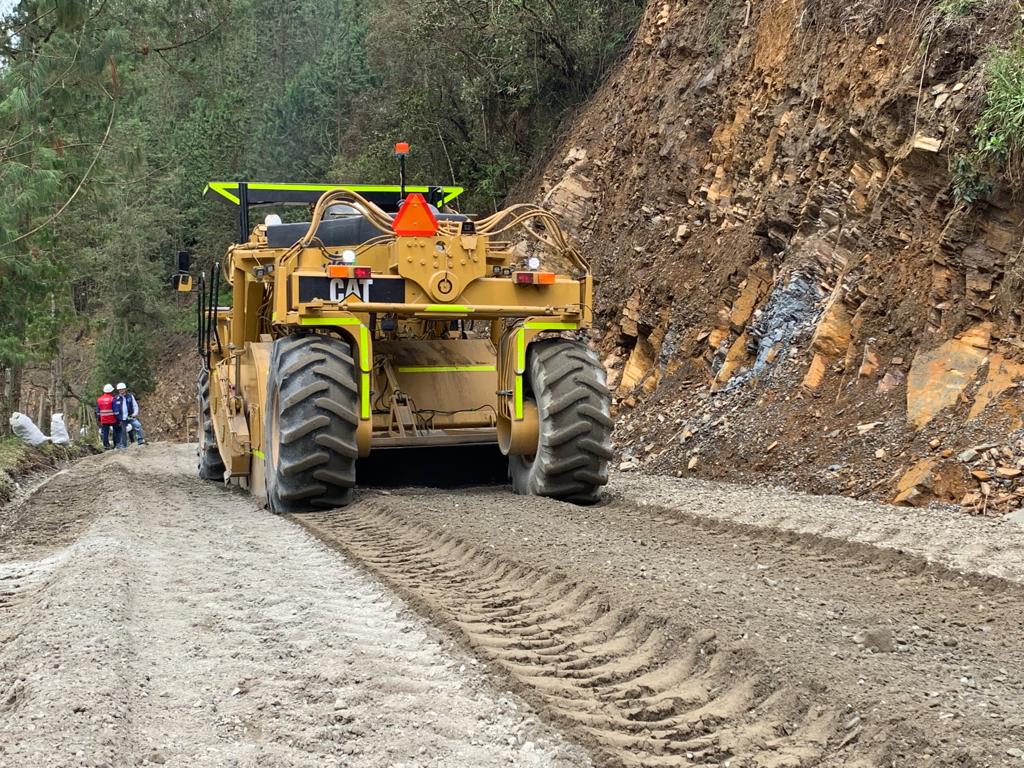
There are times when we seek to achieve an ion exchange with certain products (PREI-16) or the use of a cementitious material for a soil cement; in short, the soil stabilizer to be used can be one or several, since many times the optimal result with the lowest application costs is the product of more than one stabilizer product, and that is what we do in Pro-Road. It is about making a holistic analysis of the soil and the project, whether in clayey or sandy soils, whether in soils with cement or with polymers, the point is to achieve that the natural soil complies with performance conditions and avoid as much as possible the transport of quarry materials. We seek to turn a clay soil (or other type of soil) into a structural element that will support traffic during its design period by using the optimal alternative among the evaluation of alternatives mentioned above.
At the end of the day, any alternative becomes valid, i.e., generally almost any alternative achieves a certain strength, the important thing is that the proposed alternative is the stabilization alternative that achieves the optimization of the design and the estimated project costs. In addition to the costs of stabilization today, the construction costs, it is necessary to establish the costs of maintenance and durability of the structure created. The costs associated with the total costs of the project must be subjected to a cost analysis that includes the costs of externalities such as climate, environmental and geological factors, among others; in addition, of course, to the costs of preparing the stabilizing product together with the transportation costs associated with the product, and the construction costs as such (shaping, mixing, compaction).
The use of natural soils does not only take into account in-situ soils, that is, on the road to be intervened; there are alternatives with neighboring soils for stabilization, which sometimes generate soil layers, mixed with a certain stabilizing product, at a lower cost.
It is also essential that the stabilized material achieves a suitable chemical process through the exact addition of quantities of water that bring the soil to its optimum compaction humidity, or close to it. It is necessary to know this factor from the beginning, when analyzing the soil properties, this factor must take into account the water absorption by the stabilized soil layer and also the underlying layer. And in addition, the water value must also be taken into account for the construction cost estimation. This cost estimate must also take into account the cost of transportation and, if applicable, water extraction.
The estimation process begins with soil quality and traffic volume. A measure of Average Daily Traffic (ADT) should be taken which will allow estimating traffic volumes over the years. Not only the quantity but also an analysis of the traffic and the vehicles that compose it. This is the starting point for pavement design inherent to stabilization. It is necessary that the pavement design establishes the technical capacity that the stabilized material must support.
Why are soils stabilized?
A clayey soil or a soil with high or medium plasticity will have compressibility problems and will not provide the bearing capacity required for a road. What soil stabilization allows is to use the natural soil and modify it chemically to improve its mechanical behavior and increase its bearing capacity. Stabilization with cementitious or polymeric materials is determined according to the chemical process that can be achieved with each soil; there is no universal stabilizer for all soils. It is necessary to make a particular analysis of each project, starting with the volume of traffic that will travel each road section. The traffic volumes will define the optimal road design and also the pavement’s terminal resistance. Achieving this with conventional materials tends to be more costly than achieving it with alternative materials, such as Pro-Road products. The objective of all this is to optimize road design by using alternative materials such as an ionic additive (PREI-16) that allow the use of natural soil stabilization with non-conventional materials.
It is necessary to make a holistic analysis that takes into account a complete analysis of alternatives to achieve the optimal alternative to use, taking into account the traffic volume, as well as the best additive to use, the combination of stabilizers to use, whether an ionic additive, a cementitious material, among others; the important thing is that the selection of alternatives results in a saving with respect to traditional treatments, and a high and durable performance. The production costs must take into account the costs associated with the project environment, from the climate to the region, and cultural elements. It is essential to take into account the costs of externalities, since they are often ignored in the production costs and the operating costs and total construction costs of a given project are out of line.
What is Dust Control?
The application of dust control is beneficial for both residents and the environment. It helps reduce air pollution caused by dust particles, which can have a negative impact on human health. Additionally, it prevents soil erosion and helps keep roads clean and safe for drivers. Dust control also improves visibility on roads, making them safer for pedestrians and cyclists.
Soil Types
Soil types are an important factor to consider when deciding on the best method of soil stabilization. There are four main types of soil: sand, silt, clay and loam. Each type has different characteristics and needs when being stabilized. Sand is composed of small particles that have a gritty texture and can be easily moved around by wind or water. Silt is made up of smaller particles than sand and has a smooth texture. Clay is composed of very fine particles that pack together tightly and can be difficult to work with. Loam is a combination of sand, silt and clay in varying proportions, making it the most versatile type for soil stabilization projects.
Organic content is another important factor to consider when stabilizing soils. The organic content can be measured on a soil lab. This test will give you an idea of how much organic material is present in the soil which will help you determine how it will react when being stabilized. Note that organic soils can’t be or aren’t generally recommended for stabilization, this types of soils must be removed and replaced.
Sand
Sand is a very common soil type, found in many places around the world. It is composed of small particles of rock and organic material, making it the largest of all soil types. Sand is most commonly formed by the breakdown of rocks over time, which explains why it is so abundant on beaches. Sandy soils usually contain very little organic content and generally no plasticity, making them unsuitable for growing plants.
The size of sand particles makes them ideal for use in construction projects such as roads and buildings. They are also used to make glass and other materials that require a strong foundation. Sand can also be used to create artificial islands or even to fill in low-lying areas to prevent flooding. In addition, sand can be used as an abrasive material for cleaning surfaces or polishing jewelry. As you can see, sand has many uses and its versatility makes it one of the most popular soils around the world.
PREA-03 is the ideal soil stabilizer for sandy soils.
Silt
Silt is a soil type that is often confused with clay, but it is actually quite different. It is the next largest soil type after sand and is created from eroded rock, such as when the rock has been worn away by water or wind. Silt contains some quartz content but has little organic matter, making it non-plastic. Since silty soils originate from rocks, they are often dense and settle at the bottom of standing water.
Silt can be beneficial to plants in certain environments because it holds moisture well and provides good drainage for roots. It also helps to reduce compaction in soils, allowing for better air circulation and root growth. Additionally, silt can help to improve soil fertility by providing essential nutrients to plants. However, too much silt can cause problems such as flooding and erosion due to its high water retention capacity. Therefore, it’s important to understand how much silt your soil contains before planting anything in order to ensure optimal growth conditions for your plants.
PREI-16 is the ideal soil stabilizer for silty soils.
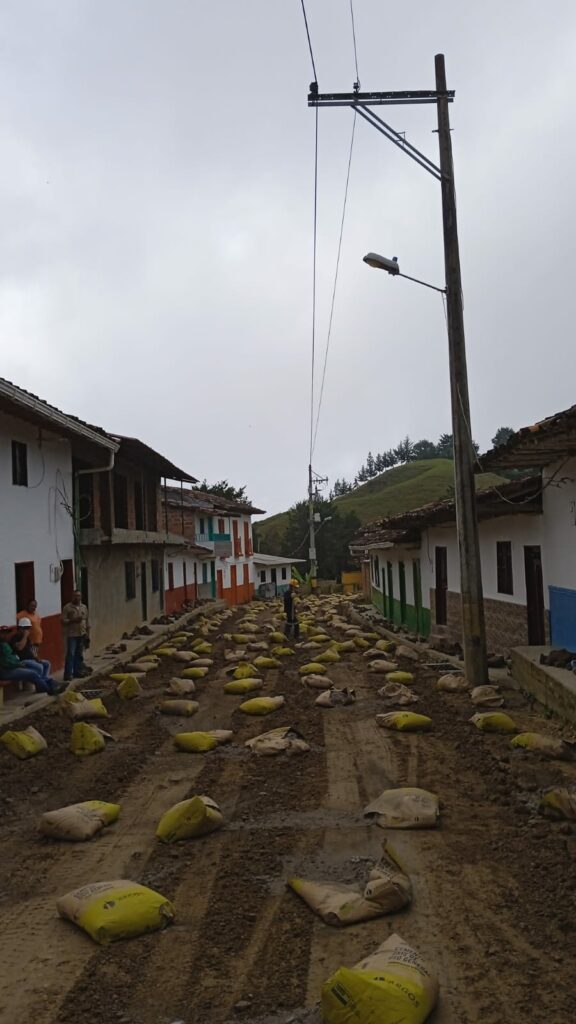
Clay
Clay soils are the smallest of all soil types and come in a variety of colors, ranging from white to black. The most notable difference between clay soils and other types of soil is that when wet, it develops plasticity. This means that the shape of the soil will undergo permanent deformation when wet, which can cause whatever is on top of it to also deform. Clay soils are known for their ability to expand or contract depending on the amount of moisture present in them, making them difficult to work with but also very useful for certain applications.
Clay soils have been used for centuries in pottery and ceramics due to its malleability when wet. It can be shaped into almost any form desired and then hardened once it has dried out again. Clay soils are also used in construction as they provide stability and strength to structures built upon them. They are also used in landscaping projects as they help retain moisture and nutrients better than other types of soil, making them ideal for growing plants and vegetables.
PREI-16 is the ideal soil stabilizer for clayley soils.
Loam
Loamy soil is a mixture of sand, silt, and/or clay that is often classified as a type of soil followed by loam. For example, “Clay Loam” or “Sandy Loam”. This means that the majority of the soil is made up of one particular type, such as sand or clay. The characteristics of each classification and variety of loamy soil vary depending on the composition of the majority of the soil.
Loamy soils are beneficial for gardening and farming because they are able to retain moisture better than other types of soils. They also provide good drainage and aeration for plants, allowing them to grow more efficiently. Additionally, loamy soils are rich in nutrients which help promote healthy plant growth. They can also be used to improve existing soils by adding organic matter such as compost or manure to increase fertility and water retention.
Methods of Soil Stabilization
Physical soil stabilization:
Soil stabilization is the process of changing soil particle size and plasticity by adding or taking away certain components to change its physical features. Mechanical stabilization is a technique to modify soil channels and traction among other particles. These two processes work in conjunction with each other for overall soil stabilization. The five main types of physical and mechanical stabilization are: compaction, pre-wetting, wetting-drying cycles, reinforcement, and solid waste. Compaction is commonly utilized in soil stabilization, and employs a mechanical procedure that pushes all air bubbles in the ground so it can sustain pressure without further compression once loaded. Pre-wetting was previously used to help reduce swelling of the earth by creating a wetter atmosphere; this also has an effect on increasing soil volume even with moistening as the earth holds its uniformity with higher moisture content.
Soil stabilization can be done through wetting and drying cycles. This involves adding water, allowing it to dry, then repeating the process until the desired results are achieved. Geosynthetics like geogrids, geotextiles, and geocells can also be used to reinforce the soil mass.
Chemical soil stabilization:
The use of both traditional and unconventional agents for chemical stabilization is possible. Traditional stabilizers, such as lime, cement, bitumen and fly ash typically contain calcium, whereas more recently-developed agents haven’t been around for long.
The use of pro-road soil stabilization products is becoming increasingly popular in the construction industry due to their ability to improve the quality and performance of roads. These products are designed to reduce pavement maintenance costs, increase road life expectancy, and provide a more durable surface for vehicles. They can be used on both new and existing roads, as well as on unpaved surfaces such as gravel or dirt roads.
The Pro-Road soil stabilization products are designed to be easy to use and require minimal preparation. They can be applied with a variety of equipment, including sprayers, rollers, and spreaders. The products are also designed to be environmentally friendly and have low toxicity levels.
The Pro-Road soil stabilization products are available in a range of sizes and formulations to meet the needs of any project.
Choosing the Right Soil Stabilizer
When it comes to soil stabilization, there are many different methods and products available. Choosing the right one for your project can be a daunting task. It is important to remember that there is not a single solution that works for all projects and soil types. Each project and soil type will have different requirements and needs for soil stabilization.
To choose the best method of soil stabilization, consider the type of soil you are working with as well as the type of project you are undertaking (road construction, erosion control, etc.). Different methods may be more suitable depending on these factors. For example, if you are looking to stabilize a road surface, then cement or asphalt may be more suitable than other methods such as lime or fly ash. Additionally, if you are looking to prevent erosion in an area with sandy soils, then geotextiles or geogrids may be more suitable than other methods such as lime or fly ash. Knowing about the different methods and products available can help you make an informed decision when selecting the right soil stabilizer for your project.
How does dust control work?
Dust control is a process used to reduce or eliminate the amount of dust particles in the air. Dust control can be achieved through a variety of methods, including wetting agents, chemical additives, and mechanical processes.
Wetting agents are typically sprayed onto surfaces to reduce dust by binding the particles together and preventing them from becoming airborne. Chemical additives such as polymers and surfactants can also work as dust control agents.

Contact us to get to work
We have a talented team, the best materials, tools, and equipment at your disposal.
